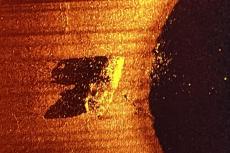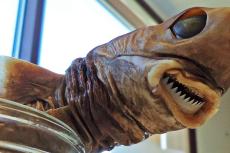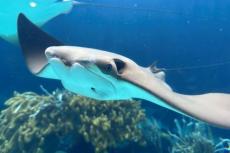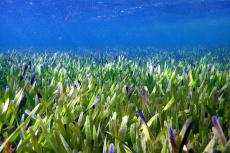Fossil plants turn out to be turtle hatchlings
Two fossils that had been originally identified as plants turned out to be the fossilised carapaces of turtle hatchlings from the Early Cretaceous period.
In a surprising twist of paleontological detective work, two fossils categorised as ancient plants turned out to be the fossilised remnants of baby turtles.
This revelation is set to redefine the legacy of specimens collected by Colombian priest Padre Gustavo Huertas.
Mistaken Identity: Plant or Turtle?
Initially classified as a fossil plant called Sphenophyllum colombianum, the two specimens were discovered by Huertas near a town called Villa de Levya, in Colombia, where he collected rocks and fossils in the 1950s to 1970s.
He described them as coming from Early Cretaceous rocks, between 132 and 113 million years ago. However, other members of the genus Sphenophyllum colombianum were known to have died out more than 100 million years prior to this, and this led two other researchers to take a closer look.
Enter Fabiany Herrera, the Negaunee assistant curator of fossil plants at the Field Museum in Chicago, and Héctor Palma-Castro, a paleobotany student at the Universidad Nacional de Colombia.
Not a plant after all
Upon closer examination, and after consulting with Edwin-Alberto Cadena, a paleontologist who focuses on turtles and other vertebrates at the Universidad del Rosario in Bogotá, it was concluded that the fossils were the preserved shells of baby turtles.
“I said, ‘Well, this is remarkable, because this is not only a turtle, but it’s also a hatchling specimen, it’s very, very small,’” said Cadena.
Upon recognising the turtle origins, the specimens were endearingly nicknamed “Turtwig,” drawing a parallel to a Pokémon character which is half-turtle, half-plant.
More detective work
To determine the turtles’ age at the time of death, the team looked at features like the thickness of the carapace and the areas where the ribs were knitting together into solid bone. “This is a feature uncommon in hatchlings but observed in juveniles. All this information suggests that the turtle likely died with a slightly developed carapace, between 0 to 1 years old, in a post-hatchling stage,” said Cadena’s student Diego Cómbita-Romero of the Universidad Nacional de Colombia.
“This is actually really rare to find hatchlings of fossil turtles in general,” says Cadena. “When the turtles are very young, the bones in their shells are very thin, so they can be easily destroyed.”
What's next?
The scientists also note the importance of these fossils in the larger scheme of Colombian paleontology. “We resolved a small paleobotanical mystery, but more importantly, this study shows the need to re-study historical collections in Colombia. The Early Cretaceous is a critical time in land plant evolution, particularly for flowering plants and gymnosperms. Our future job is to discover the forests that grew in this part of the world,” said Herrera.


















